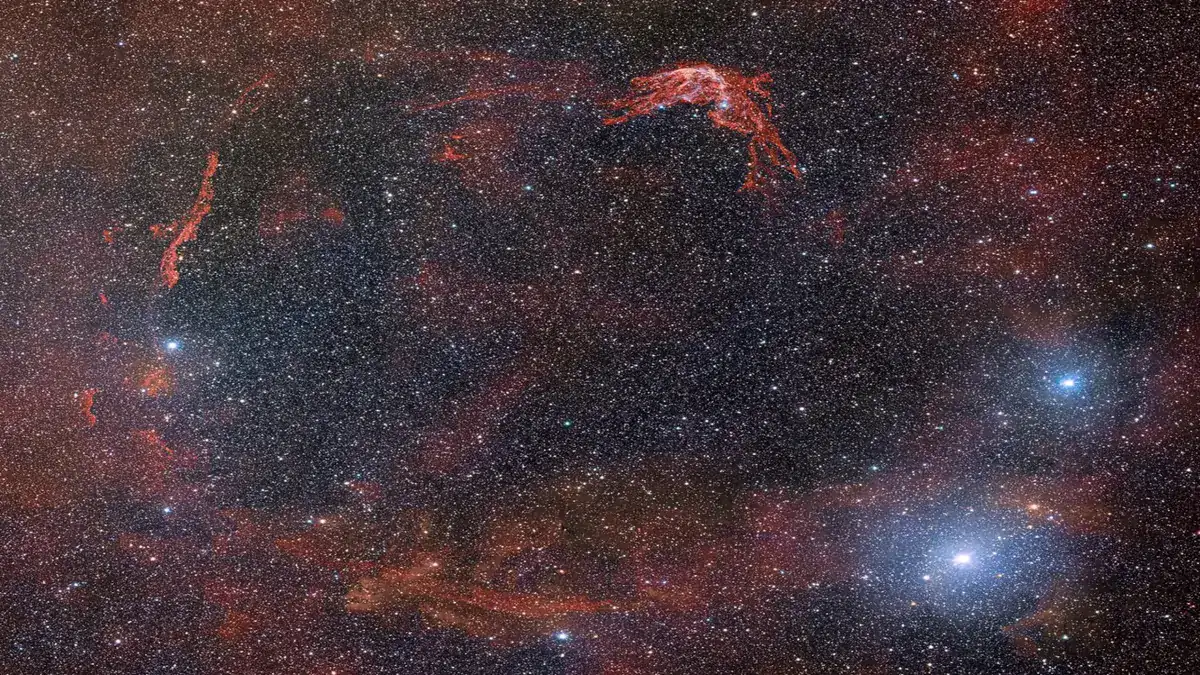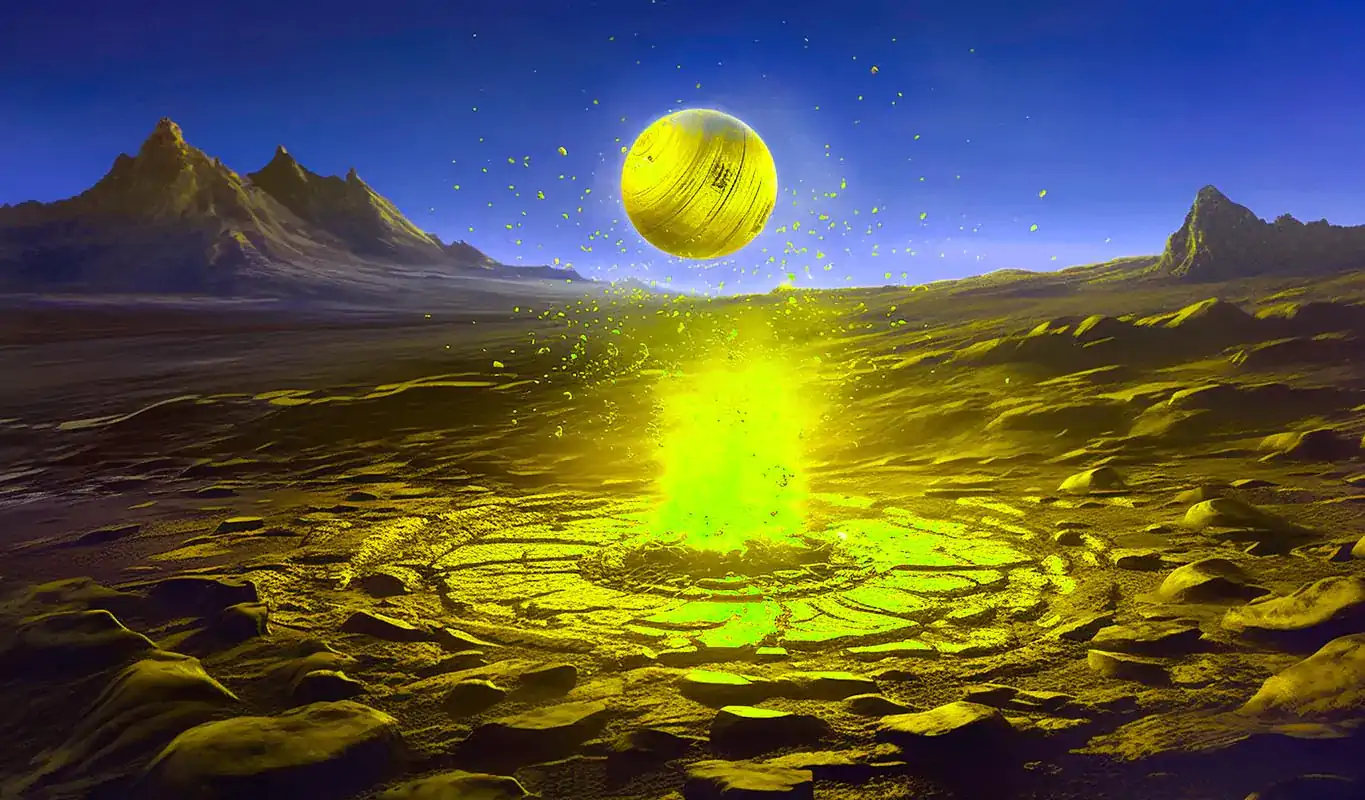In 185 CE (AD), over 1800 years ago, Chinese astronomers witnessed a bright flare in the night sky. This blaring light resulted from a star explosion that took place some 8,000 light-years away. They called it the ‘guest star’. It remained visible to the naked eye for eight months before disappearing into the cosmic abyss.
It is said that this supernova, now called SN 185, was most likely the first ever star explosion recorded in history. And now, a new image has captured its tendril-like remains floating in the universe. The image was captured by the Dark Energy Camera (DECam), mounted on the 4-meter telescope at the Cerro Tololo Inter-American Observatory in the Andes in Chile, a program of the National Science Foundation’s NOIRLab.
The fact that the glowing remains are observable so soon after the supernova is astonishing to astronomers. They were under the impression that it would take about 10,000 years for us to observe the structure that we see today. But here we are, less than 2,000 years later, since the SN 185 exploded violently and dispersed into the cosmic web.
The tattered shell-like remnants of SN 185 are called RCW 86. The rest of the area in the image captured is filled with stars. This is helping astronomers better understand how supernovas evolve and expand.
Researchers earlier believed SN 185 & RCW 86 to be unrelated
The question that boggled the minds of researchers was how did RCW 86 expand so fast.
The most common type of supernova is a Type II supernova or core-collapse supernova. These supernovas occur at the end of a massive star's lifetime when its nuclear fuel is exhausted, and the release of nuclear energy no longer supports it.
But when the research team went through the X-ray data of the region, it revealed large amounts of iron present around RCW 86, a tell-tale sign of a different kind of explosion: Type Ia (pronounced one-A) supernova.
Type Ia supernova, a rarer and more powerful supernova, results from some binary star systems in which a carbon-oxygen white dwarf is an accreting matter from a companion. In a popular scenario, so much mass piles up on the white dwarf that its core reaches a critical density of 2 x 109 g/cm3. This is enough to result in an uncontrolled fusion of carbon and oxygen, thus detonating the star.
When a Type Ia supernova explodes, its brightness reaches a luminosity billion times that of the Sun. This further confirms SN 185 as a Type Ia supernova because its visual magnitude baffled the Chinese stargazers in 185 CE.
As per the statement by NOIRLab, this new image of RCW 86 gives astronomers an even deeper look into the physics of this perplexing structure and its formation.




 BlocksInform
BlocksInform










